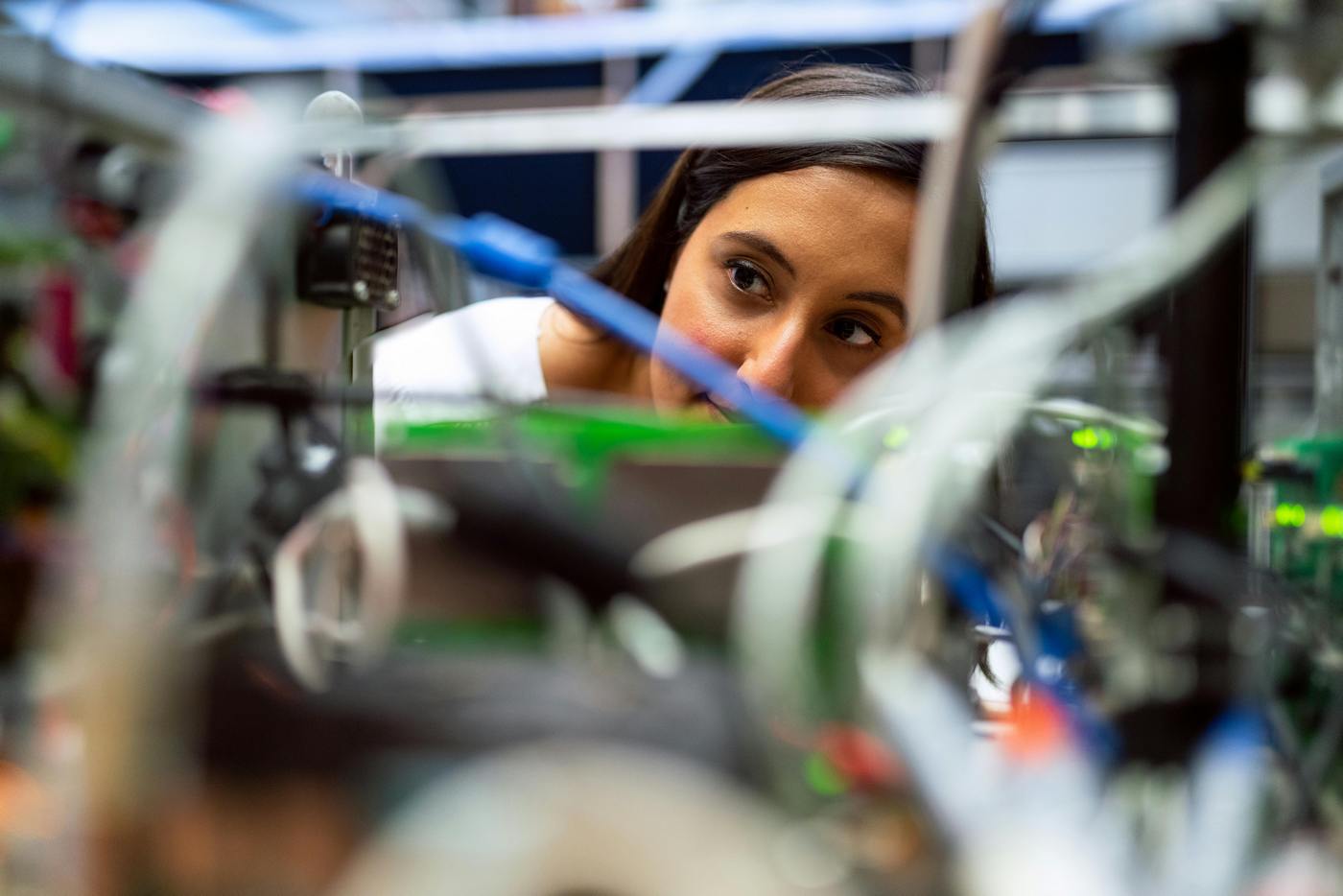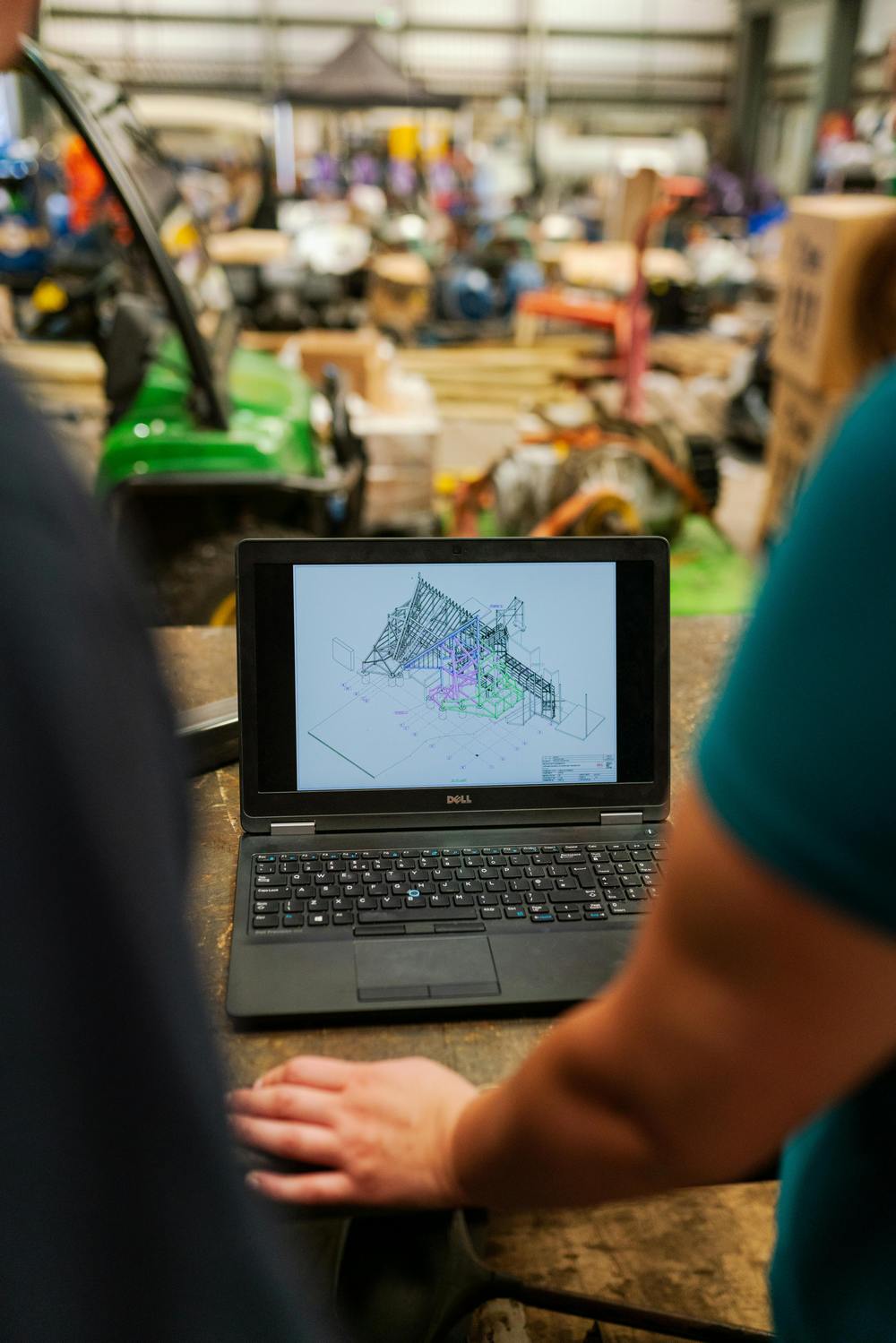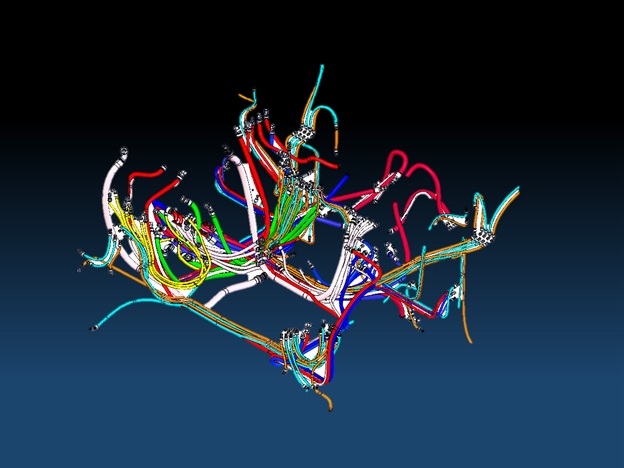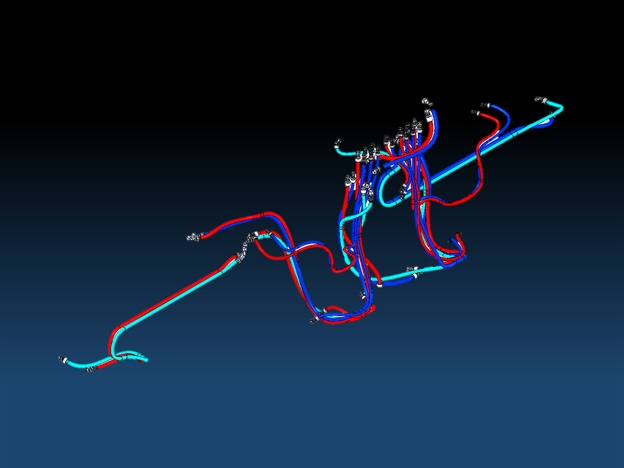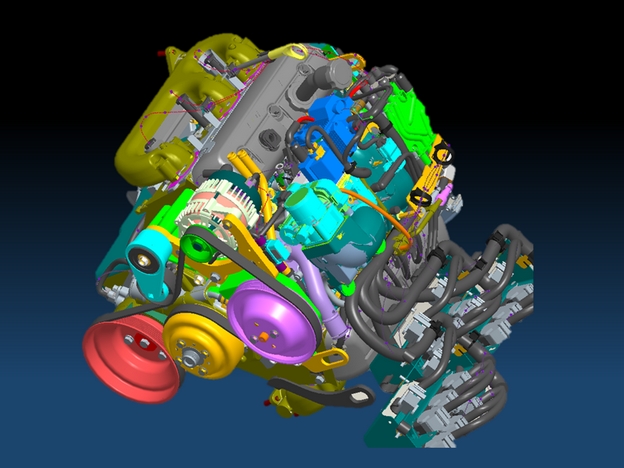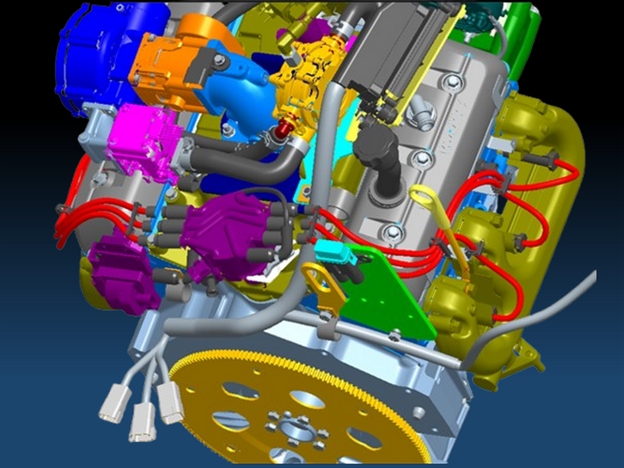Flexible Electrical Wiring Harness & Piping Services
NESTech engineers, with their rich industry experience and deep understanding of regulatory requirements, provide comprehensive services in the field of electrical engineering. Our team utilizes advanced CAD and electrical design tools to support OEMs and suppliers in developing efficient and compliant wiring systems.
We optimize resources using a shared services model, leveraging software tools like CAD-based electrical systems to deliver value and scalability.
3D Wiring Harness and Routing Design
3D Wiring Harness Design involves creating a virtual model of electrical wiring systems within a CAD environment. It accurately represents the routing paths, connector locations, cable bundling, and mounting provisions within the physical confines of a product - usually a vehicle or machinery. This approach is widely used in automotive, aerospace, rail, and heavy equipment manufacturing to ensure precise and optimized electrical system integration.
Key Aspects of 3D Harness Routing Design
- Connector and Terminal Placement: Defining exact spatial positions of connectors and terminals in the vehicle or product environment.
- Routing Path Definition: Designing optimal cable routing paths that avoid interference, reduce stress points, and conform to design constraints.
- Bundling and Clamping: Specifying cable bundling strategies, clamps, clips, and brackets to secure harnesses.
- Integration with Mechanical Layout: Ensuring routing aligns with the mechanical structure, panel cut-outs, and service access zones.
- Harness Flattening for Manufacturing: Converting the 3D model into a 2D "form board" layout for production.
- Validation and Simulation: Checking bend radii, slack, and tolerance zones for installation feasibility and durability.
Benefits of 3D Wiring Harness Design
- Improved Accuracy: Ensures accurate fitment of the harness within complex 3D assemblies, minimizing trial-and-error on the shop floor.
- Early Issue Detection: Identifies design conflicts (e.g., sharp bends, interferences) before physical prototyping.
- Reduced Development Time: Automates design processes, reduces rework, and speeds up design iterations.
- Better Collaboration: Integrates electrical and mechanical teams by sharing a unified 3D environment.
- Optimized Material Usage: Accurately estimates cable lengths and quantities, reducing material waste.
- Streamlined Manufacturing: Generates manufacturing drawings and BOMs directly from the 3D model.
- Supports Variant Management: Easily create harness variations for different product models or customer requirements.
